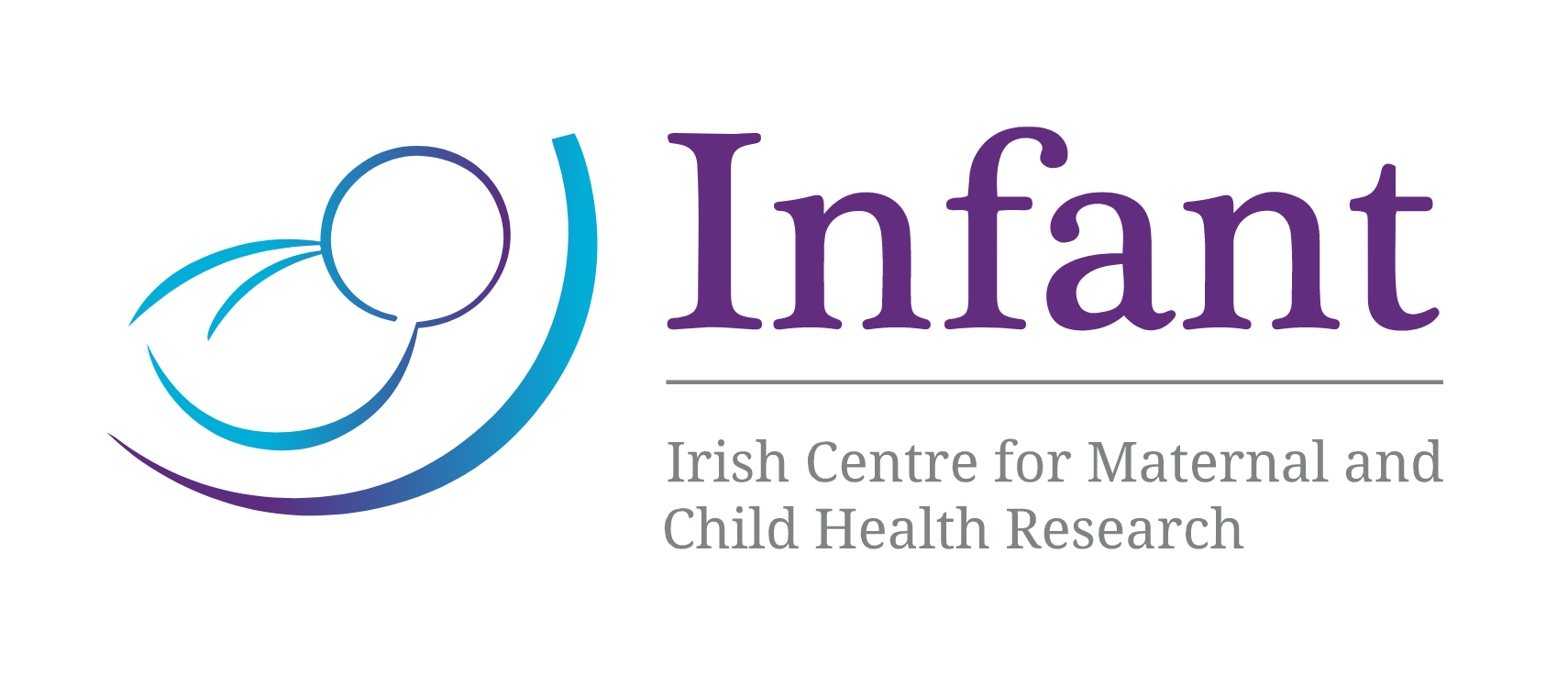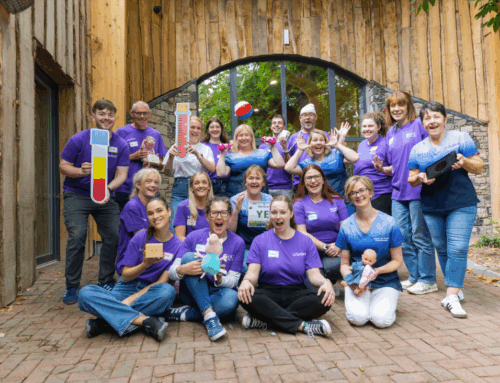Wednesday 14 December 2016

HIE and Therapeutic Hypothermia
Research at the INFANT centre is focused on developing new ways to help mothers and babies. One of the treatment options being studied by our researchers is therapeutic hypothermia.
When babies are deprived of oxygen or blood flow around the time of birth, this may result in a condition known as hypoxic-ischemic encephalopathy (HIE), which can result in severe brain damage and other lifelong diseases. This is where therapeutic hypothermia is useful: research has shown outcome for these children is improved significantly if they are cooled quickly after birth and kept cool for several days.

How Therapeutic Hypothermia Works
Therapeutic hypothermia uses a cooling cap or blanket to preserve a lowered temperature, reducing inflammation and giving the brain recovery time. The treatment usually takes place over the course of three days, after which the baby is warmed up again.
 Around 180 children in Ireland suffer from HIE at birth each year.
Around 180 children in Ireland suffer from HIE at birth each year.
Offering Therapeutic Hypothermia in Mild Cases of HIE
In moderate or severe cases of HIE, this cooling treatment has been shown to significantly reduce the risk of cerebral palsy and longterm disability. At INFANT, the effect of HIE on the brain has been well documented. Prof. Geraldine Boylan and Dr. Deirdre Murray have studied the brainwaves of neonates with HIE, with a follow-up investigation taking place five years later. The evidence they found suggests that even mild HIE contributes to developmental delays and learning difficulties. INFANT research has advocated that studies of therapeutic cooling should also be carried out in mild cases of HIE, to see if we can improve their outcomes.
Further Reading
Below, you can find examples of recent publications concerning hypoxic-ischemic encephalopathy and therapeutic hypothermia by INFANT researchers.
Posted in: News
Related Links




